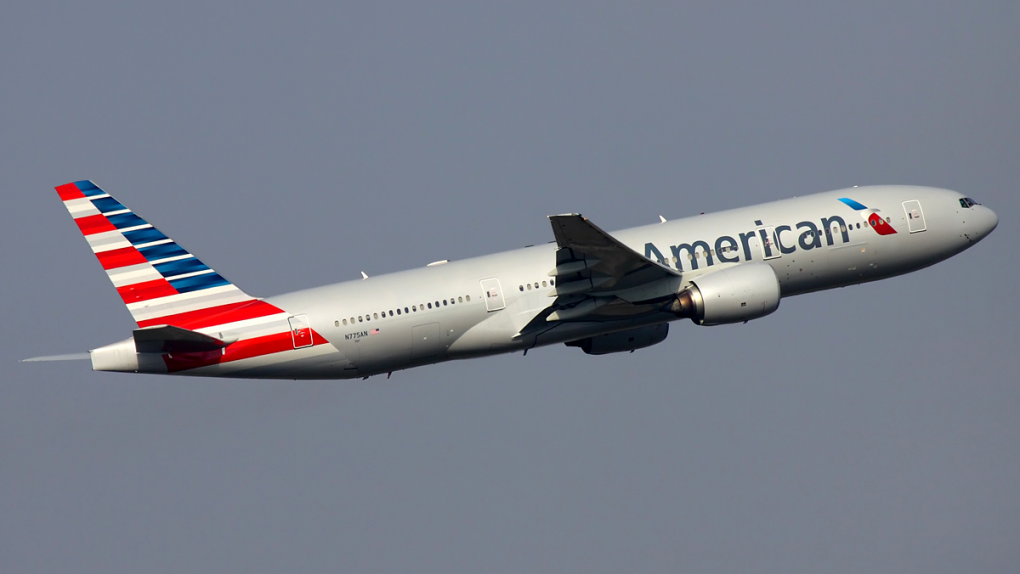There are days when you wonder when airlines are conspiring to make flying more miserable. When you combine the ever-decreasing leg room we get with the added fees we get charged for everything from checking bags to food, it’s almost as if companies are trying to outdo one another in crafting the ultimate terrible flying experience. And as it turns out, airlines have a good reason for behaving as they do: It’s helping them make tens of billions of dollars in extra revenue.
DON’T MISS: Solving a Rubik’s Cube in 5.6 seconds makes you feel like a total boss
Jalopnik points us to a new study conducted by IdeaWorksCompany and CarTrawler (PDF) that shows airlines hauled in a record $38.1 billion in ancillary revenue last year alone at an average of $17.49 per passenger. This represents an increase in per-passenger fees of the last year of 8%, which is well ahead of the rate of inflation.
And the depressing thing is that these annoying, costly fees have proven so successful that they’re becoming a model for how airlines behave.
“Ancillary revenue is an increasingly important indicator of commercial success, and a major contributor to the bottom line of airlines across the globe,” says Michael Cunningham, Chief Commercial Officer at CarTrawler. “The secret to unlocking this revenue stream can be found in the data that customers generate with every transaction. It is no longer just the preserve of low cost carriers – it is something from which all airlines are benefiting. The question is not who is doing it, it’s how well it is being done.”
The three biggest airlines when it comes to fee revenues also happen to be three airlines that consistently deliver below average customer satisfaction ratings: United, American/U.S. Airways and Delta. And with even longtime customer champion JetBlue selling out on baggage fees, we can only expect this problem to get worse before it gets better.






